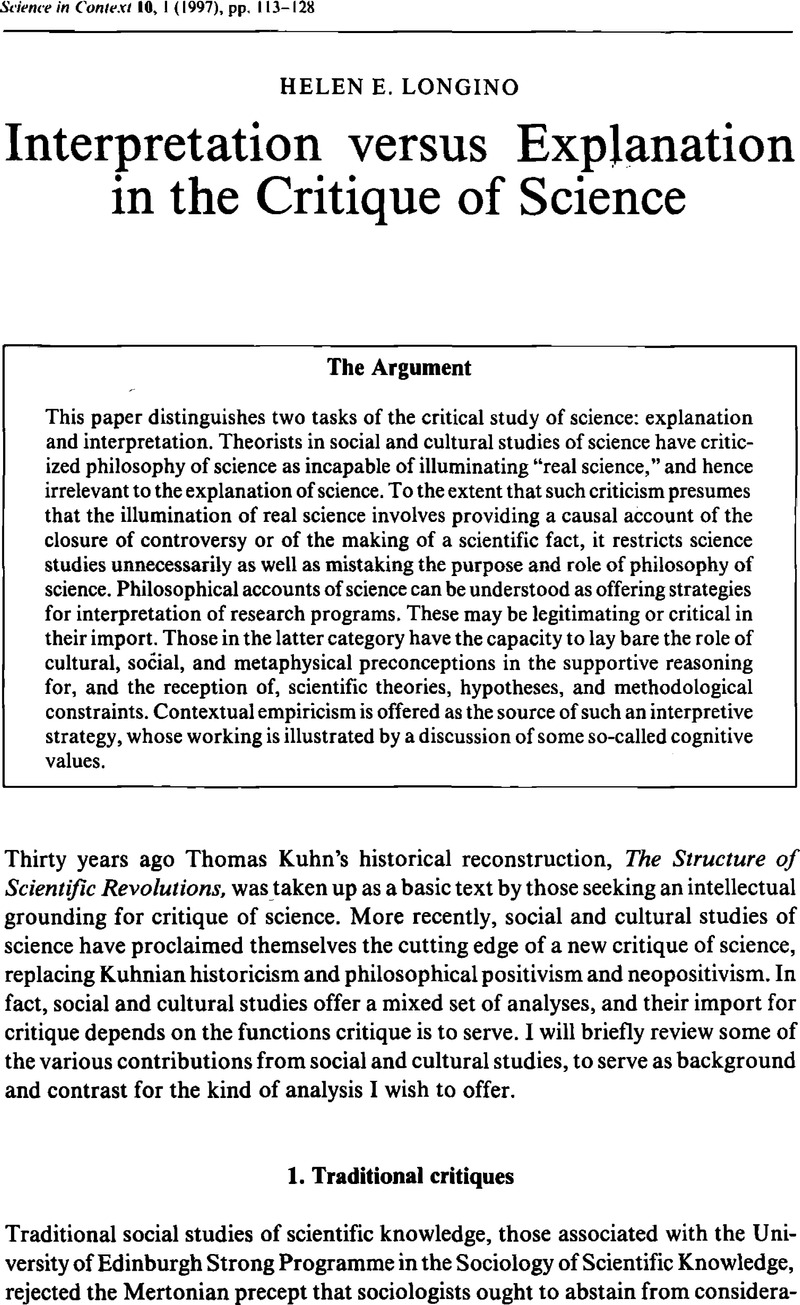Crossref Citations
This article has been cited by the following publications. This list is generated based on data provided by Crossref.
Nanda, Meera
2001.
A 'Broken People' defend science: Reconstructing the Deweyan Buddha of India's dalits.
Social Epistemology,
Vol. 15,
Issue. 4,
p.
335.
Eigi, Jaana
2017.
Different motivations, similar proposals: objectivity in scientific community and democratic science policy.
Synthese,
Vol. 194,
Issue. 12,
p.
4657.





